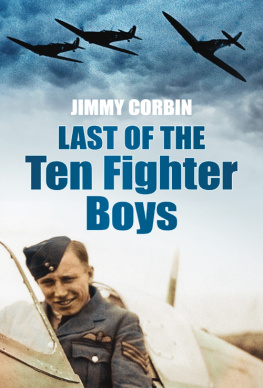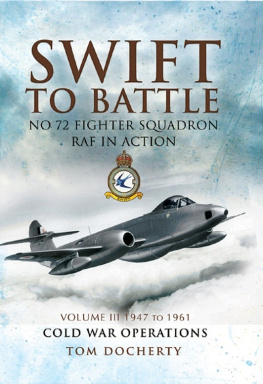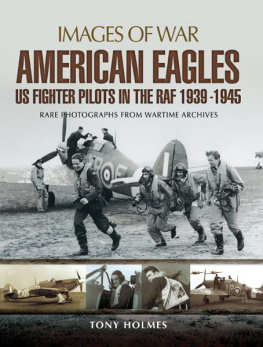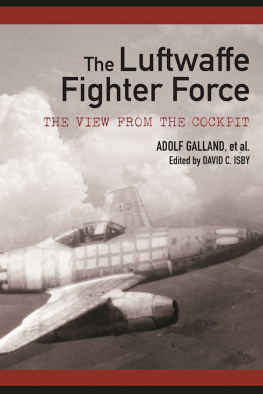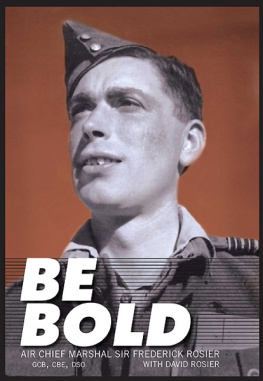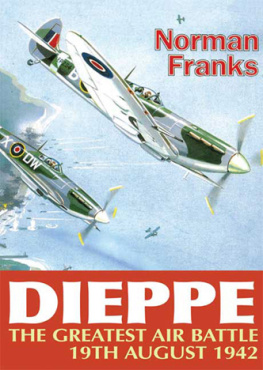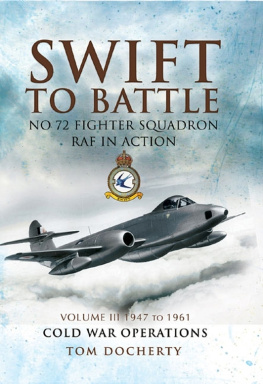
Frontispiece: Following the partial destruction by German bombs of the officers mess at RAF Tangmere in March 1941, the mess was temporarily removed to Shopwyke House, a mile distant. It is depicted here in the summer of 1942; note the presence of the USAAF officer.
Detail from oil on canvas by Olive Snell, courtesy of Lord Zetland and the RAF Museum.
First published by
Grub Street Publishing
4 Rainham Close,
London
SW11 6SS
Copyright 2013
by the Trustees of the Tangmere Military Aviation Museum
Trust Company Limited
A catalogue record for this book is available on request from the British Library
ISBN-13: 9781909166196
All rights reserved. No part of this publication may be reproduced, stored in a retrieval system, or transmitted in any form or by any means electronic, mechanical, photocopying, recording or otherwise, without the prior permission of the copyright owner.
Reginald Byron and David Coxon are hereby identified as the joint authors of this work in accordance with Section 77 of the Copyright, Designs and Patents Act 1988.
Cover design by Sarah Driver
Book design by Roy Platten, Eclipse
Printed and bound by the Berforts Group, UK
Set in a sans serif typeface designed by Sussex artist Eric Gill in 1928 and widely used by Crown departments and the Royal Air Force from the 1930s to the present day.
Contents
Prologue
This book traces the history of the Royal Air Force fighter station at Tangmere, near Chichester, West Sussex, from its beginnings in the First World War until its closure in 1970.
In its time, it was one of the best known and strategically most important fighter stations in the British Isles. Its original purpose was to defend a wedge-shaped sector of southeast England from Beachy Head and the city of Brighton in the east to the commercial port of Southampton in the west, with the naval base at Portsmouth in-between, extending north across the South Downs into Surrey and the southwestern outskirts of London. The station became well known in the 1920s and 1930s for the highly-polished air displays given at the RAF Air Pageants at Hendon by the pilots and aircraft of its resident squadrons, 1 and 43.
On the outbreak of the Second World War, 1 Squadron was the first RAF fighter squadron to be sent to France with the British Expeditionary Force, its ground echelon departing the day after war was declared, to be followed by 16 Hurricanes on 8 September 1939. With the fall of France in May 1940, Tangmeres squadrons found themselves in the front line, covering the withdrawal of the BEF and defending two of Britains principal south coast ports and her shipping in the English Channel against the predations of the Luftwaffe, now flying from French airfields as close as only 70 miles away. During the Battle of Britain from July through October 1940 and the Blitz on London and other cities that followed, Tangmere was one of the main fighter stations to engage the Luftwaffes attempt to destroy Britains defences and break her will to fight. Tangmeres Hurricane and Spitfire pilots of 43, 601, 145, 602, 213, and 607 Squadrons gave as good accounts of themselves as any of the few, as Winston Churchill described them, upon whom the defence of the nation so vitally depended during that summer and autumn.
For the next three years, Tangmere continued to defend southern England against enemy attack, and turned increasingly to an offensive role making intruder sorties into German-occupied France, seeking out enemy aircraft and attacking Luftwaffe airfields and other vital infrastructural targets such as radar installations, railway junctions and power stations, and so gradually turn the tables by putting the enemy on the defensive. The tactical way forward was led by Wing Commander Douglas Bader and his fighter squadrons based at Tangmere, Westhampnett, and Merston in the spring and summer of 1941. Later, in August 1942, Tangmere was one of the chief jumping-off points for the fighter squadrons providing air cover for Operation Jubilee, the combined raid on Dieppe, directly across the Channel, the biggest aerial operation thus far in the history of warfare. Tangmere also served as a forward base during these years for 161 Squadron, whose Lysanders, landing in farmers fields at night, inserted and retrieved secret agents operating with the Resistance deep inside occupied France. During 1942, 1943, and 1944, Tangmeres Spitfires, Typhoons, and Mustangs continued to harass the enemy across the Channel with increasing accuracy, ferocity, and persistence.
From March to June 1944, fighter squadrons from all over the country again massed at Tangmere and its neighbouring airfields, some built especially for the purpose, in preparation for Britains part in Operation Overlord, covering the D-Day landings on Gold, Juno, and Sword beaches. The Tangmere Sector operations room, the nearest sector control room to the battle area, was a vital link in the command-and-control system of the RAFs Second Tactical Air Force and the combined (with the USAAFs Ninth Air Force) Allied Expeditionary Air Force; so important was it that in April its readiness to undertake this task was personally inspected by General Dwight D. Eisenhower, the Supreme Commander of the Allied Expeditionary Forces in Europe. No sooner had the massed squadrons begun to relocate to forward airfields in France following the invasion on 6 June than a new menace appeared, the retaliatory launch of V1 flying bombs aimed at London. Tangmeres remaining squadrons, and those on defensive duties at nearby stations, shot down hundreds of them before they could reach their targets.
As the V1 attacks diminished and the Allied armies pushed on into Germany, the station, now far away from the battlefront, took on a new lease of life with the arrival of the Central Fighter Establishment (CFE) in January 1945. The CFEs work was concerned with the testing and evaluation of new developments in tactical air warfare. The Fighter Leaders Schools, operated under the CFEs aegis, brought together pilots from all over Britain, the Commonwealth, and other Allied countries to train them in the use of the most up-to-date equipment, weapons, and fighter tactics and prepare them to take command of squadrons and wings. The war in Europe ended in May, but the very real prospect of another D-Day in the Far East, an Allied invasion of the Japanese Home Islands, gave renewed urgency to the CFEs task.
Following VJ Day and the end of the Second World War, Tangmere once again settled down to a peace-time routine, for a while at least. The High Speed Flight, formed to make an attempt on the World Air Speed Record, came to Tangmere in the summer of 1946 and successfully achieved its aim. The same high-speed course was used once more in 1953 by the Hawker Aircraft Company, whose chief test pilot Neville Duke set another new World Air Speed Record. In the meantime, it had become clear that a new era had been ushered in: the Cold War. The threat of aerial attack was now from the east, rather than from the south across the Channel; Tangmere was no longer well positioned as an interceptor station. By the end of 1958, Fighter Command had withdrawn its last squadron. The aerodrome was used by Signals Command for another six years or so, during which Canberra and Varsity aircraft were sent up on daily flights to calibrate air-defence radars and navigational aids, and for a time a helicopter was maintained on standby for air-sea rescue duties. RAF Tangmere then served as a home to various non-flying units of Transport Command until the aerodrome was decommissioned in 1970.


